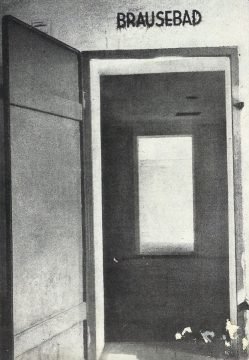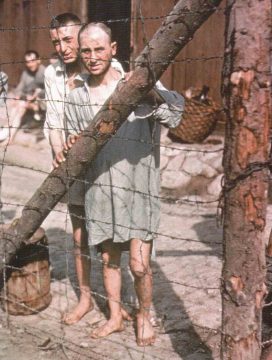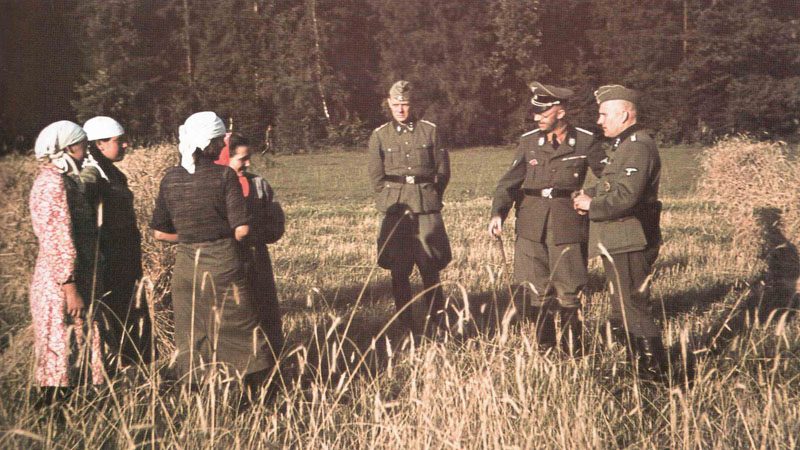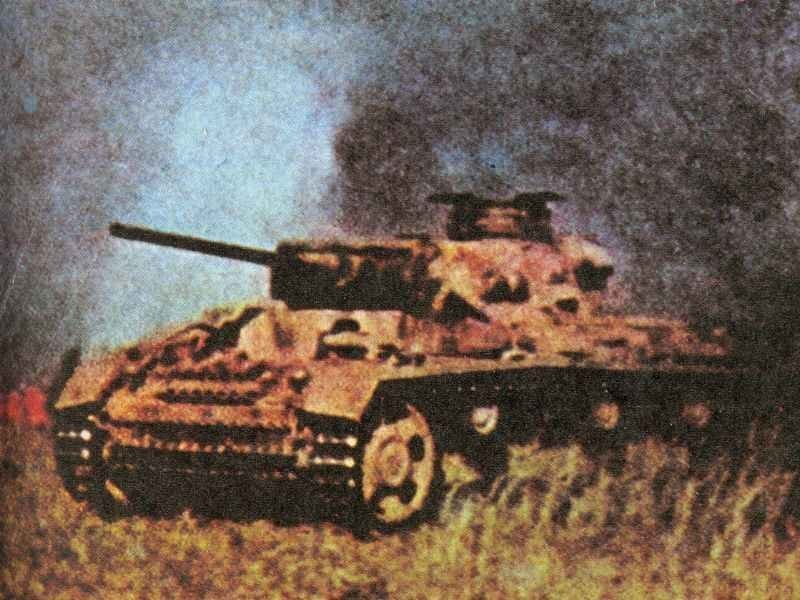Holocaust, the ‘Final Solution to the Jewish Question’.
Wannsee Conference, Gas for Mass Murder, Warsaw Ghetto Uprising, and Hitler’s Role in the Holocaust.
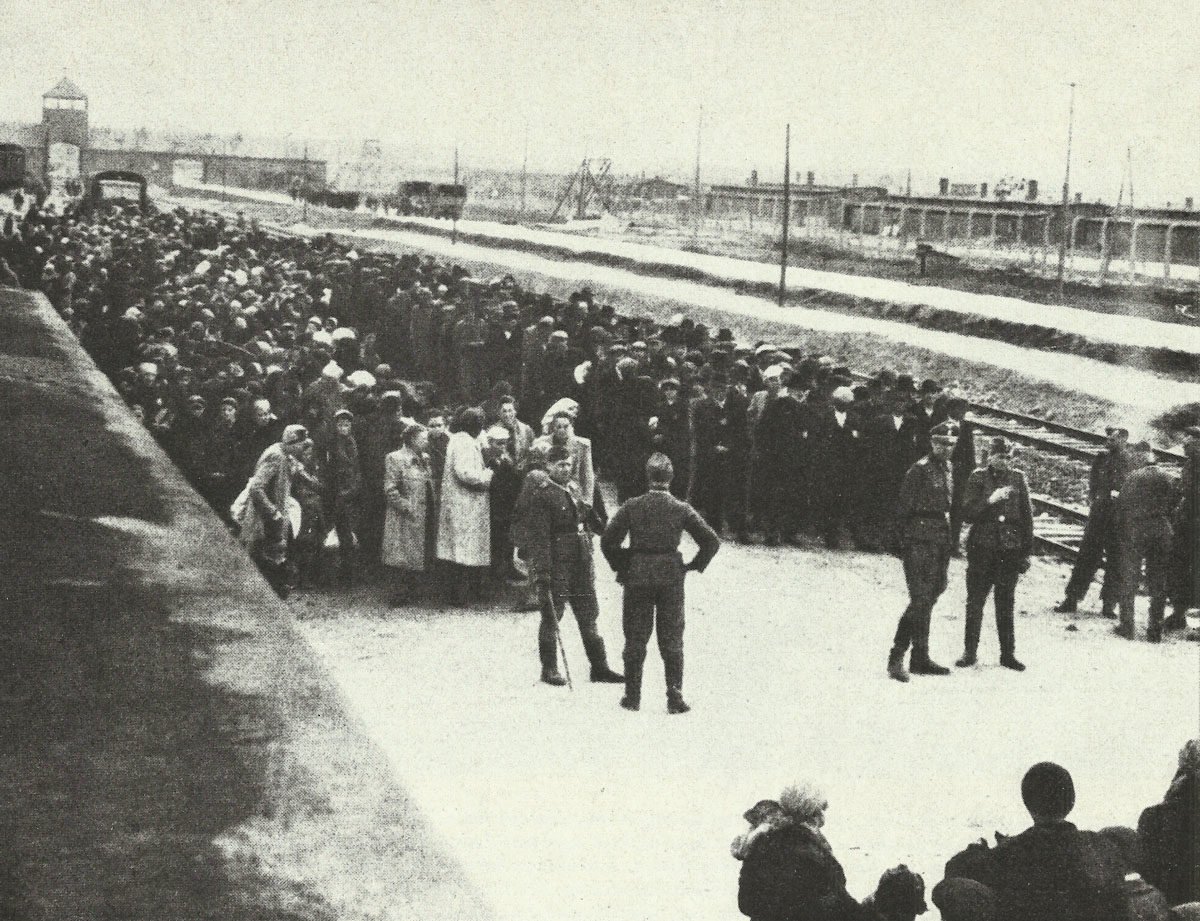

Holocaust, the ‘Final Solution to the Jewish Question’
Table of Contents
The Holocaust was the systematic genocide of European Jews by Nazi Germany during World War II (1941-1945).
Überblick
Scale:
– Approximately 6 million Jews were murdered
– Additional victims included Roma, disabled people, Slavs, and others
– Represented about two-thirds of Europe’s Jewish population
Methods:
– Death camps (e.g., Auschwitz-Birkenau)
– Mass shootings
– Gas chambers
– Forced labor
– Starvation and disease
Key events:
– 1933: Nazi Party rises to power
– 1935: Nuremberg Laws enacted
– 1938: Kristallnacht
– 1941: “Final Solution” implemented
– 1942-1945: Mass extermination in camps
Major camps:
– Auschwitz-Birkenau
– Treblinka
– Belzec
– Sobibor
– Chelmno
– Majdanek
Aftermath:
– Nuremberg Trials
– Establishment of Israel
– Holocaust remembrance
– International laws against genocide
– Impact on Jewish culture and identity
The Holocaust remains one of history’s worst genocides and serves as a reminder of the importance of preventing hatred and discrimination.
Wannsee Conference
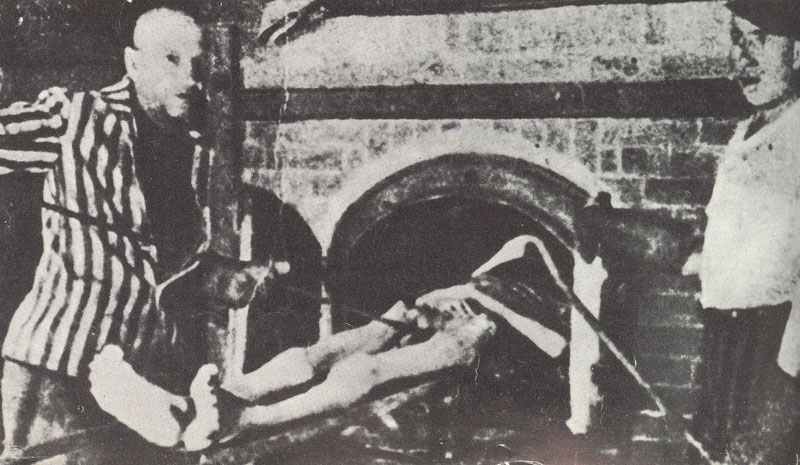
Postponed by the Soviet counteroffensive off Moscow, the Japanese attack on Pearl Harbor, and Hitler’s declaration of war on the USA, Heydrich’s meeting finally took place on January 20, 1942, on the outskirts of Berlin in a villa on Wansee and became infamous as the Wannsee Conference.
At the meeting, no resettlement was then prepared organizationally and technically, but the genocide of up to eleven million European Jews was decided. Although Heydrich had not spoken about specific killing methods, it was nevertheless clear to every participant what the decisions amounted to. In the unfortunately incomplete protocol of the conference, the word ‘Final Solution’ also appeared for the first time, but instead of murder, only the ‘evacuation of all Jews to the occupied eastern territories’ is mentioned.
In the protocol, no mention was made of the method of the ‘Final Solution’, so that the representatives of the services and ministries and their subordinate officials could be given a plausible reason for the mass deportations that were now beginning, i.e. the use of labor in the East, in order to camouflage the action.
Nevertheless, on October 9, 1942, the NSDAP Party Chancellery was compelled, in a circular letter to all Gau and district leaders, to contradict ‘rumors’ about the treatment of the victims in the ‘Final Solution of the European Jewish Question,’ which had been spread at home in ‘exaggerated form’ mainly by front-line vacationers who had witnessed the ‘harsh measures’ on occasions.
Gas for the mass murder
In September, the construction of the Belzec extermination camp had already begun, where experts from the ‘euthanasia action‘, recently halted due to opposition from church representatives, began building gas chambers in November. Here, as in Treblinka, the Holocaust was later carried out with the help of carbon monoxide gases fed by diesel engines into hermetically insulated barracks.
In the Polish town of Chelmo, the first concentration camp was opened, which was intended for mass extermination.
Holocaust, the Final Solution of the Jewish Question
A few weeks after the Wanssee Conference, the gas chambers of Belzec and then Sobibor and Treblinka began their gruesome work in the General Government. Also in Auschwitz-Birkenau, at that time in the territories annexed by the German Reich and once thought to be a labor camp of IG Farben, Jews began to be killed in March 1942. Here Zyklon B was used, which was introduced into gas chambers disguised as ‘bathrooms for disinfection’ through shower systems in the ceiling, in order to deceive the victims as long as possible about the true intentions.
Concentration camp commander Rudolf Höss, who held this post at Auschwitz from May 1, 1940, to December 1, 1943, and made a full confession after the war, even testified that ‘mass executions’ by gassing began during the summer of 1941 and continued until the fall of 1944, and that all orders came directly from the RSHA (Reich Security Main Office).
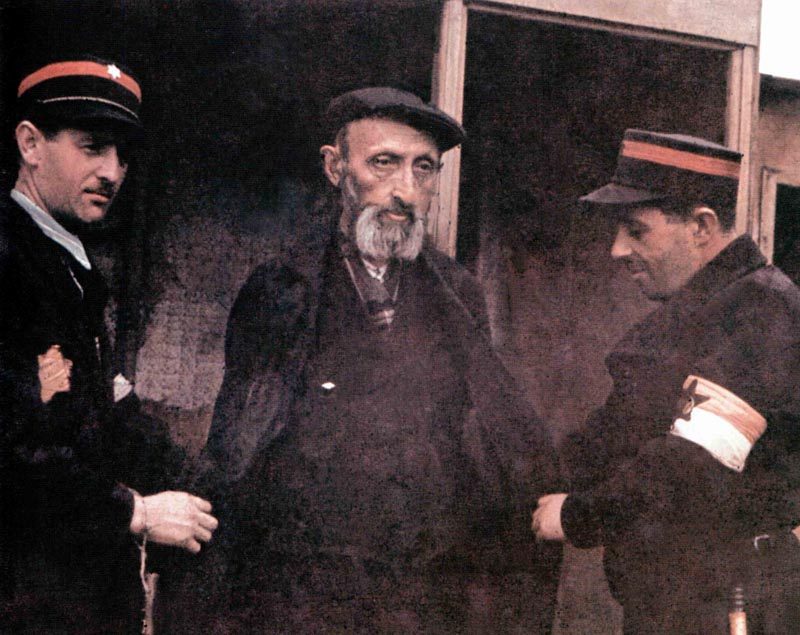
All of Europe was now systematically scoured for Jews. They were quickly located in Poland, Ukraine, Latvia, Lithuania and Estonia, where there had always been strong anti-Semitism and the mass of Jews lived in their own settlement areas.
In Romania, too, Marshal Antonescue had begun mass deportations of the unwanted Jews from his country to Ukraine long before the Gestapo.
Hungary, Bulgaria and Slovakia initially refused to extradite their Jews. Then, when rumors arose that Jews were being deported to death camps instead of to labor in the East, the Slovak government wanted to have the so-called labor camps inspected – but unsuccessfully.
As a result, Hungary even took in escaped Jews again. In the spring of 1944, however, after the occupation of Hungary by German troops, the last hour struck for them as well.
In the areas of Yugoslavia and Greece occupied by German troops, the SD and Gestapo themselves ‘combed’ the towns and villages for Jews.
In the Italian-occupied territories and in Italy itself, no persecution of Jews took place until the occupation of the country after the Italian surrender, and there was no direct anti-Semitism there.
In Northern and Western Europe, it was particularly difficult for Heydrich’s henchmen. There, Jews were considered natives and were not kept separately, making it difficult for the Gestapo to determine who was Jewish. Although in Holland and France the respective police departments helped the Gestapo, resistance within the population to the measures was strong.
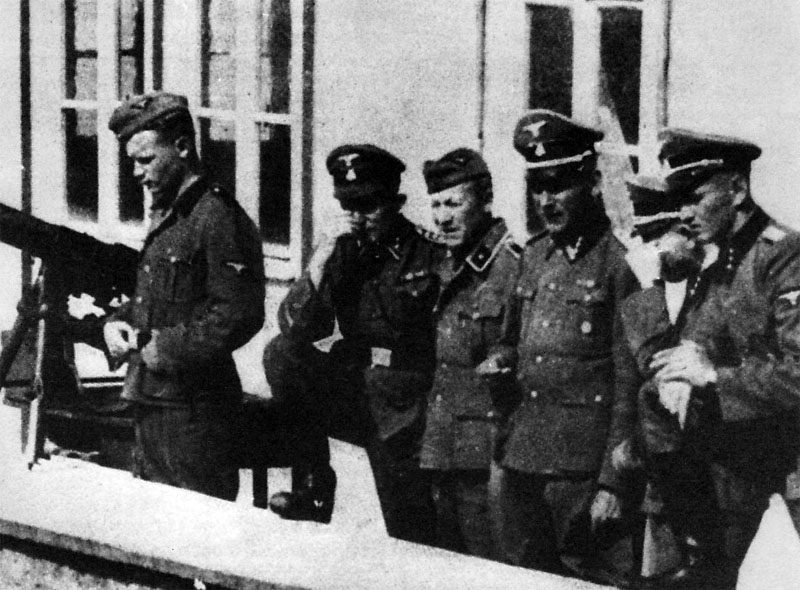
SS-officer Kurt Gerstein, by his own admission an opponent of the murder action, of which he wanted to convince himself with his own eyes, was able to visit the extermination camp Belcec in August 1942 for official reasons. He was informed in advance that anyone who reported on the events in the camp would be shot on the spot.
In the camp itself he was told by Captain Wirth, who was in charge, that the Führer had visited Belcec with Himmler a few days earlier, accompanied by Ministerialrat Dr. Herbert Lindner. Lindner is said to have asked the Führer whether it would not be better to burn the bodies than to bury them in a huge mass grave, since later generations might have a different view of this. The Führer is said to have replied that such a generation would then be so limp that the whole National Socialism would then have been in vain.
Later, however, the view prevailed that burning was better. The worsening of the war situation seemed to have made it necessary for those responsible to cover up as many traces as possible of their outrageous deeds. Then even the mass graves were reopened in order to burn the bodies of the murdered.
Warsaw Ghetto Uprising
Between 4,194,200 and 4,581,200 victims fell to the ‘Final Solution of the Jewish Question’. All witnesses reported that the victims almost never resisted and followed all instructions of their murderers. Sometimes there were escape attempts even by smaller groups, but resistance only once: in the Warsaw Ghetto, where 400,000 people were crammed together and rumors about the death camps were already circulating in early 1942.
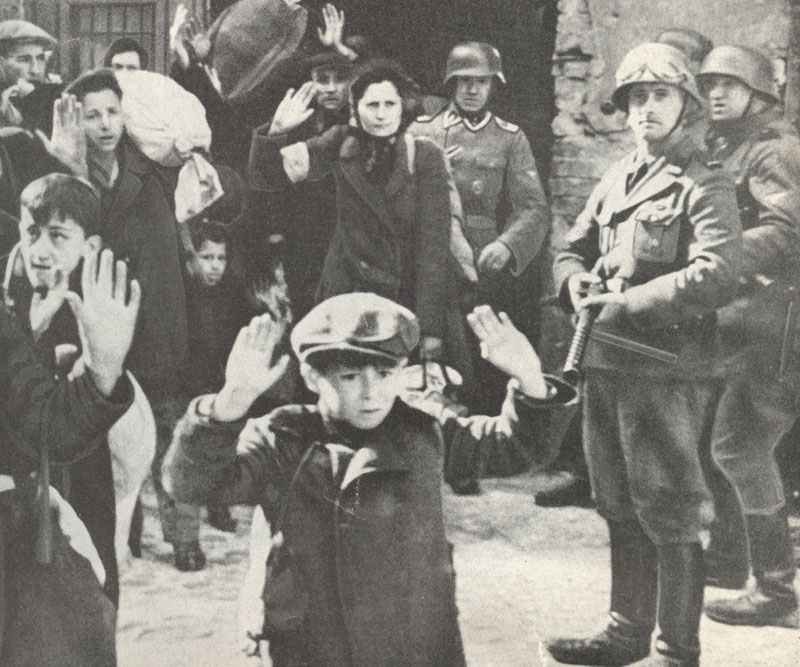
On June 5, 1942, Heydrich, the Nazis’ chief hunter of Jews, died after being wounded by Czech resistance fighters in Prague. At his state funeral in Berlin, Himmler, Eichmann, and other officials arranged for an accelerated extermination of all Jews, without regard to manpower.
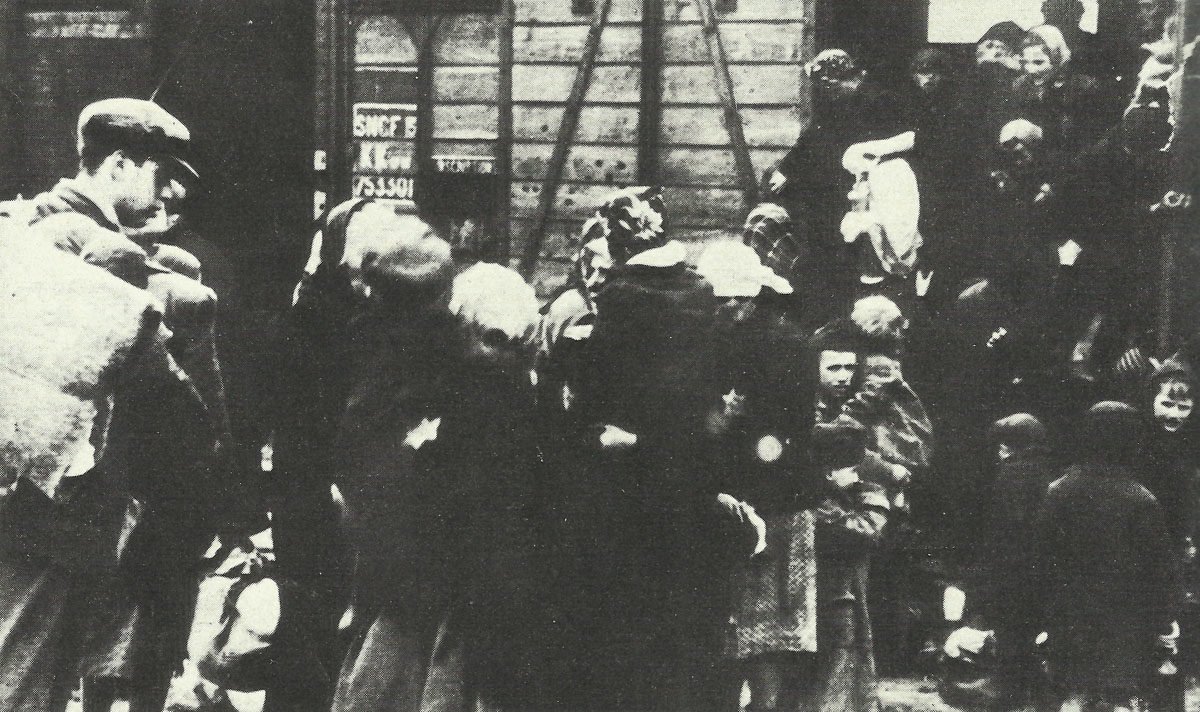
In the following ten weeks, almost half a million people were then shot from the Polish ghettos by Lithuanian, Latvian and Ukrainian militiamen. On July 22, 1942, the first 5,000 people from the Warsaw ghetto were transported to the Treblinka extermination camp.
There was still hope through exemptions as laborers, but when about half of the people had been transported by August 15, the Jewish resistance groups became active.
On October 3, there were only 70,000 Jews left in the ghetto and the Gestapo did not realize that the now invariably strong men and women were able to defend themselves, since they no longer had to show any consideration for the others and there was no hope anyway.
From the Polish underground army, but mainly from the Italian troops who had returned after the Stalingrad disaster and were camped in Poland, they obtained weapons and now resisted deportations.
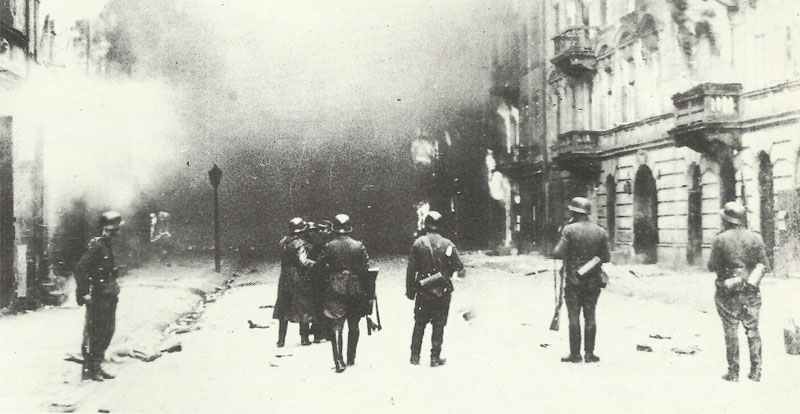
On April 19, 1943, the first Jewish uprising since 66 AD broke out against the Romans. Nevertheless, their resistance was only symbolic and in five weeks the ghetto was razed to the ground by 1,200 SS soldiers and foreign militia and police units.
Now, however, the extermination machinery slackened and only a great wave of murder followed with the 300,000 Jews from Hungary in the spring and summer of 1944. The shortage of manpower and also resistance in German offices, even in the SS and Gestapo, led to a rethink.
Himmler also issued an order in mid-1944: ‘I forbid with immediate effect any extermination of Jews …’.
The Reichsführer-SS probably hoped to get his head out of the noose, but many ‘subordinate offices’ nevertheless continued with the ‘Final Solution’ as before, since they were well aware that they were acting in Hitler’s sense.
And the remaining camps in the interior of Germany could then no longer accommodate such an influx, so that terrible conditions arose there, of which the victorious Allied soldiers were then able to see with their own eyes.
Hitler’s role in the Holocaust
Hitler often did not care about details and the Jewish question was no exception. He also had no shortage of henchmen who did their utmost to fulfill his ‘wishes’ and SS chief Himmler and his direct subordinate, RSHA chief Heydrich, were in the forefront of this.
Therefore, no constant orders or edicts from Hitler were necessary to further the radicalization against the Jews.
Himmler himself, in a speech to SS leaders in Posen in October 1943, said in this regard:
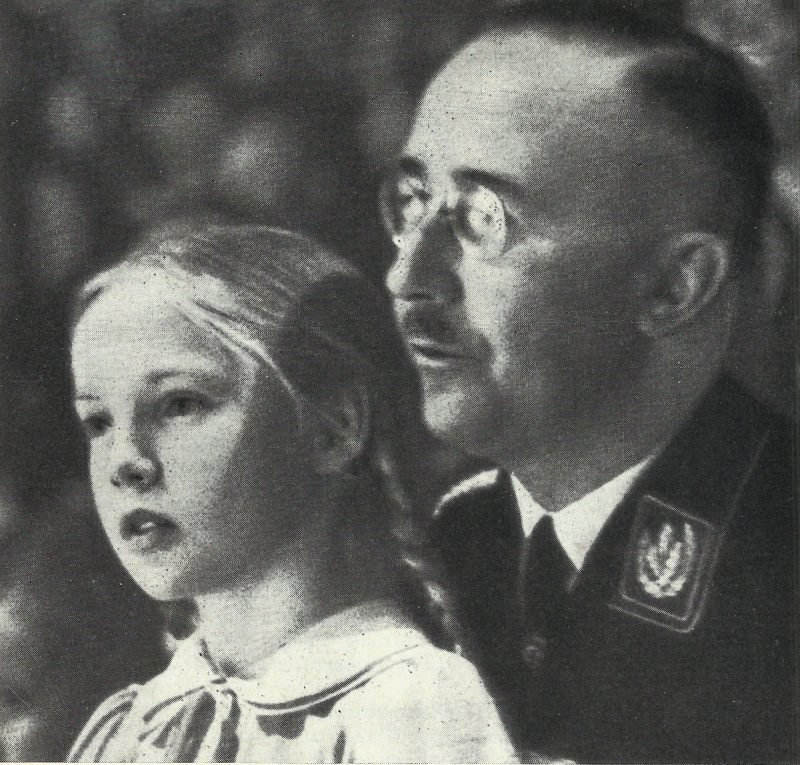
… One principle must apply absolutely to the SS man: Honest, decent, loyal and comradely we have to be to the members of our own blood and to no one else.
I also want to mention a very difficult chapter here in front of you in all frankness. Among us it should be spoken about openly, and yet we will never talk about it in public … I mean the evacuation of the Jews, the extermination of the Jewish people. It is one of those things that are easily said.
‘The Jewish people will be exterminated,’ says every party comrade, ‘quite clearly, it’s in our program Elimination of the Jews, extermination, we’ll do it.’
And then they all arrive, the good 80 million Germans, and everyone has his decent Jew. It’s clear, the others are pigs, but this one is a swell Jew.
Of all of you who talk like that, none of you has watched, none of you has gone through it – but most of you will know what it means when 100 corpses lie together, when 500 lie there or when 1,000 lie there.
To have endured this, and to have remained – with exceptions of human weaknesses – decent, that is what has made us tough.
This is a never written and never to be written page of glory of our history …
Incidentally, this was one of his two public speeches on the murder of the Jews, and with these public confessions he was also the only top man of the regime who ever did so.
Hitler was directly responsible for all authoritative decisions, such as the call for a boycott of Jewish businesses in 1933, the Nuremberg Laws of 1935, possibly also the Reich Kristallnacht of 1938, but certainly the decree that Jews had to wear a yellow star from September 1941.
This view was shared by all of Hitler’s subordinate leaders and this also applied to the deportation of ‘Reich Jews’ from October 1941. It is practically inconceivable that the murder of Jews would also have been possible without Hitler’s orders or at least authorization.
Thus, Himmler, Heydrich and others in charge always pointed out that they were fulfilling Hitler’s ‘wishes’ or acting with his approval. Thus, in the summer of 1942, Himmler declared: ‘The occupied territories will be free of Jews. The execution of this very difficult order has been placed on my shoulder by the Führer.’
Thus, the subordinate SS leaders never doubted that the ‘Final Solution’ was carried out at ‘the Führer’s wish’, and in this they had undoubtedly hit the mark.
References and literature
Illustrierte Geschichte des Dritte Reiches (Kurt Zentner)
Fateful Choices (Ian Kershaw)
Unser Jahrhundert im Bild (Bertelsmann Lesering)
Hitlers Tischgespräche im Führerhauptquartier (Henry Picker); in English: Hitler’s Table Talk





